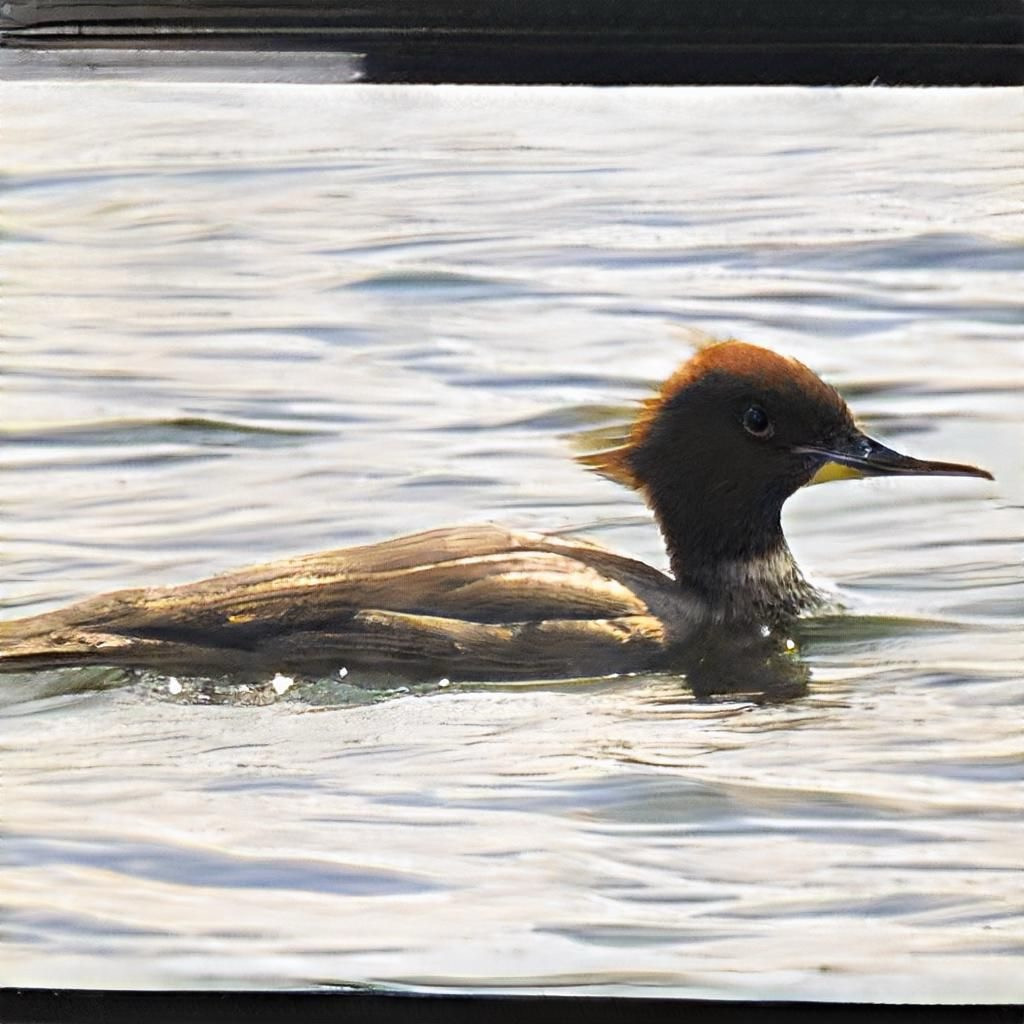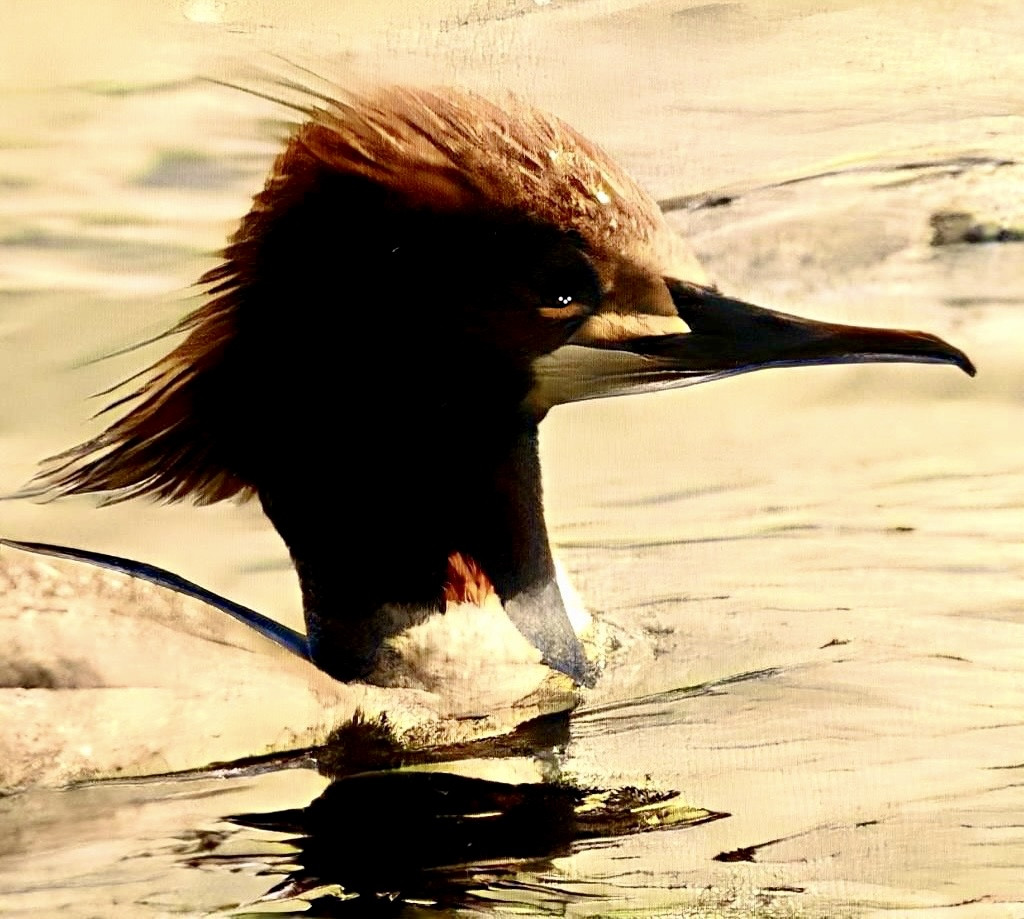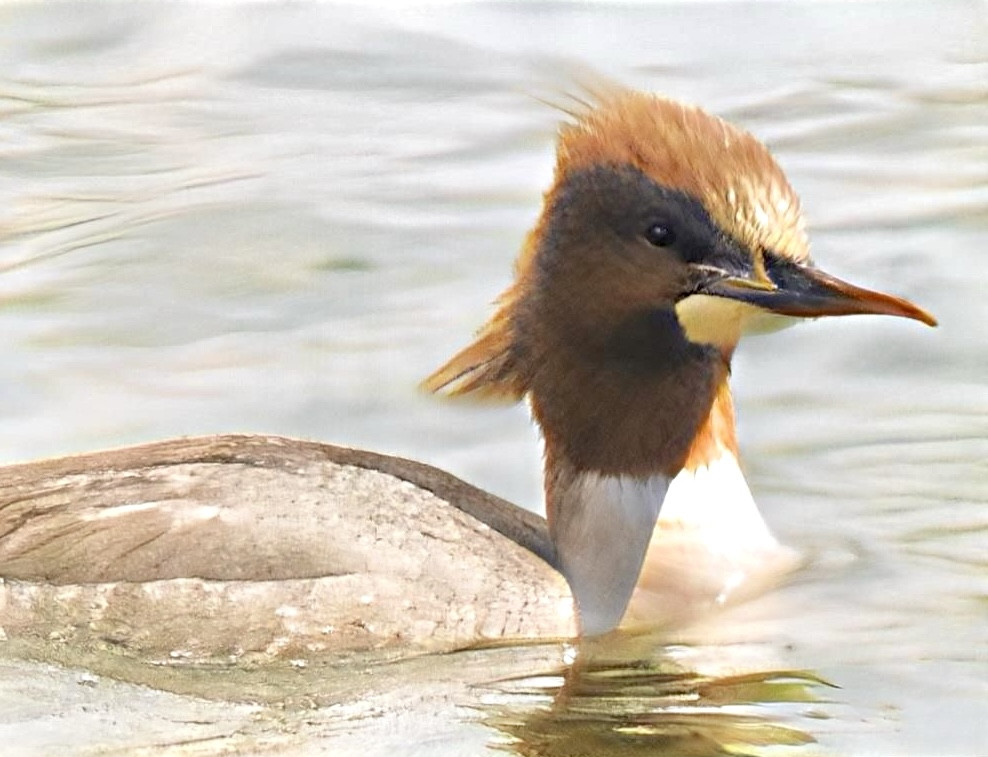Description
The deep waters around Lake Vättern are ice-free most years. This makes it an excellent wintering area for birds. The lake holds large wintering populations of gulls like sivi galeb, srebrni galeb and veliki galeb. This is also one of the best places for the rare ledni galeb, although it is not seen most years. Most gulls winter around Motala. The area also holds wintering waterfowl. Most commonly: veliki žagar, labod grbec, siva čaplja, labod pevec, čopasta črnica and zvonec. Around Vadstenaviken large amounts (many hundreds) of mlakarica winter. Often with other rarer (wintering) dabbling ducks in the mix. The lake also holds wintering populations of veliki kormoran, srednji žagar, mali žagar (visitors from Boren) čopasti ponirek, mali ponirek, and during mild winters: zlatouhi ponirek, beloliska, polarni slapnik and zimska raca. The large fields around Vadstena and Norrsten hold wintering geese, severni repnik and snežni strnad. Many birds of prey also winter. Most common are skobec, and belorepec.
During the last weeks of Febuari the first spring birds arrive. škorec, poljski škrjanec, ščinkavec, and priba are usually the first to arrive. Some of the previously mentioned birds might start to winter if the winters continue to be mild. Many geese like belolična gos, siva gos, njivska gos, beločela gos Njivska gos (serrirostris) and kanadska gos are often seen. Most geese congregate around Tycklingen and Norrsten. Sometimes kratkokljuna gos is also found.
During March most of the geese increase in number. More birds of prey arrive: koconoga kanja, navadna postovka, sokol selec, and rjavi škarnik. In Vadstenaviken large amounts of dabbling ducks often rest. duplinska kozarka (Regular), rečni galeb, školjkarica, and kozica also arrive during this period. From this period onwards velika bela čaplja is sometimes seen.
During April other wader along with repnik and travniška cipa arrive. During April-May large amounts of passerine birds, wader, gulls, and terns use the lake as a landmark for migration. It starts in the middle of April with thousands of ščinkavec and pinoža, continuing with thousands of veliki škurh, with smaller amounts of other waders like mali škurh, progastorepi kljunač, togotnik and rdečenogi martinec. Also large amounts of gulls like rečni galeb and sivi galeb. In early May hundreds of terns (navadna čigra, polarna čigra) pass. Along with rarer birds like črna čigra, triprsti galeb (quite rare) and mali galeb.
During the summer many species of night-active birds can be heard like kobiličar, veliki slavec, kosec, rakar (vadstena reningsverk), prepelica and sometimes rečni cvrčalec. Many other warblers can be found during this period. In the cities of Motala and Vadstena city birds like turška grlica, zelenec, šmarnica (missing most winters), pinoža, skalni golob, and črnoglavka can be found year round.
Details
Access
Parking can be done at ample places. Some of them are: Tycklingen, Motala, Råssnäsudden, and Vadstena castle. Click on a P in the map to get directions to that area.
Terrain and Habitat
Forest , Wetland , Scattered trees and bushes , Grassland , Valley , Plain , Plateau , Lake , Beach , Mud flats , Agriculture , Reedbeds , River , City/villageConditions
Flat , Hilly , Sandy , Wet , Open landscapeCircular trail
YesIs a telescope useful?
Can be usefulGood birding season
All year roundBest time to visit
WinterRoute
Paved roadDifficulty walking trail
Average walkAccessible by
Foot , Bicycle , CarBirdwatching hide / platform
NoExtra info
Be respectful of the birds. Especially during breeding season.






